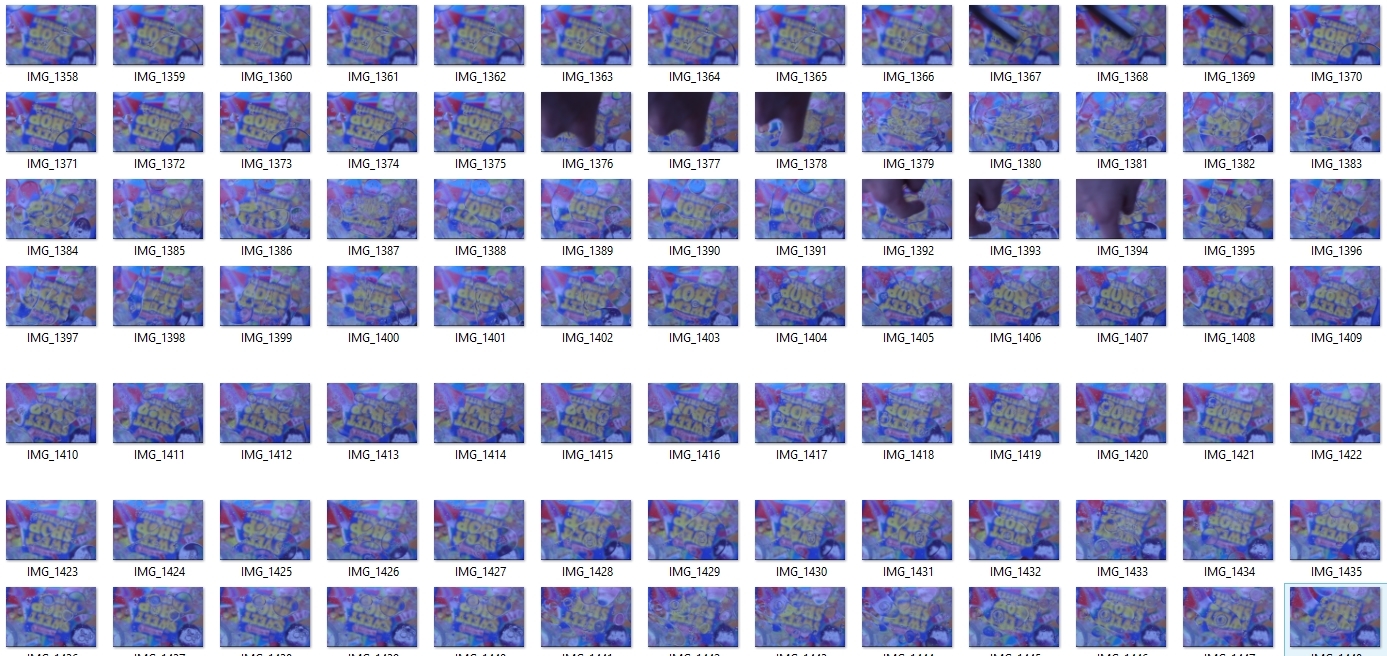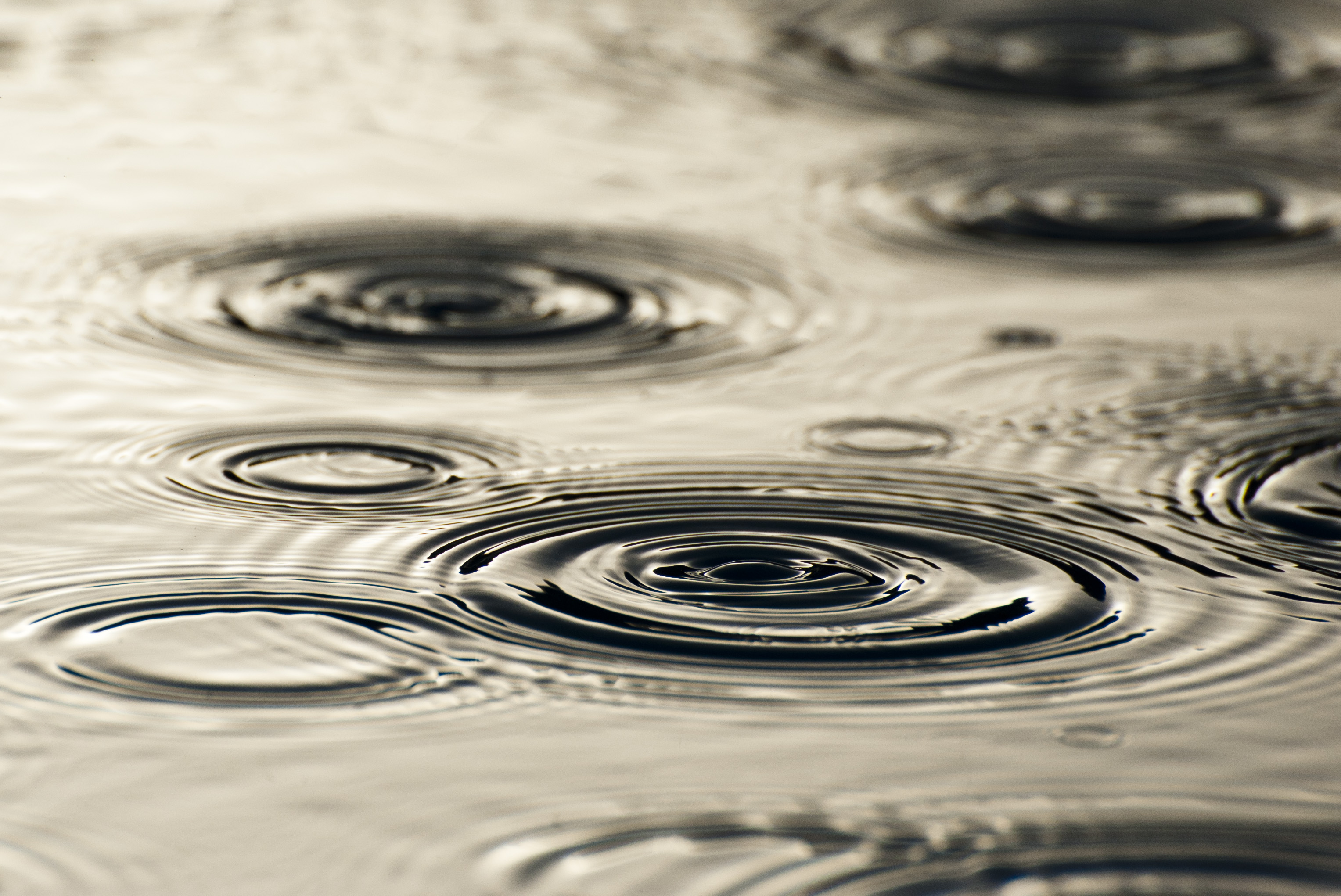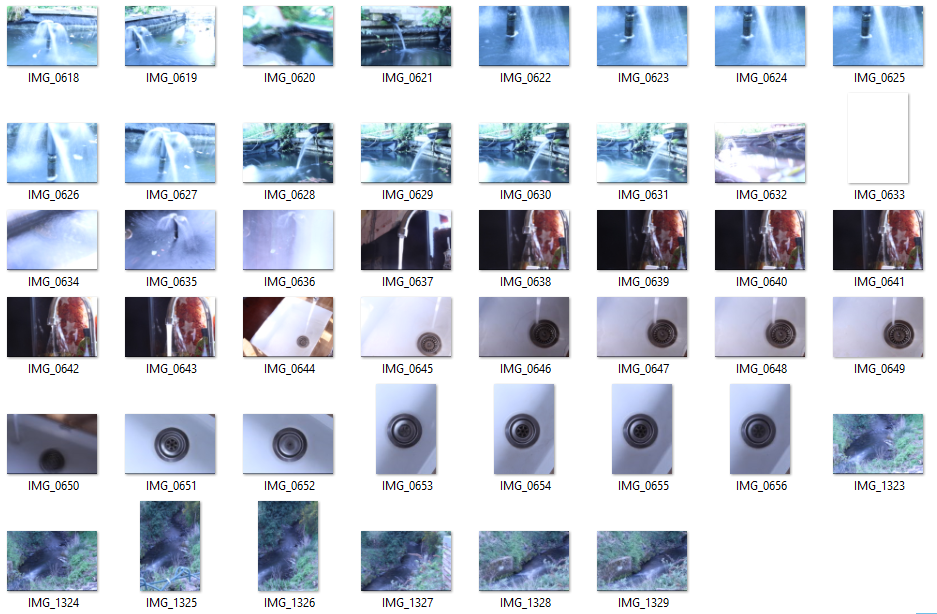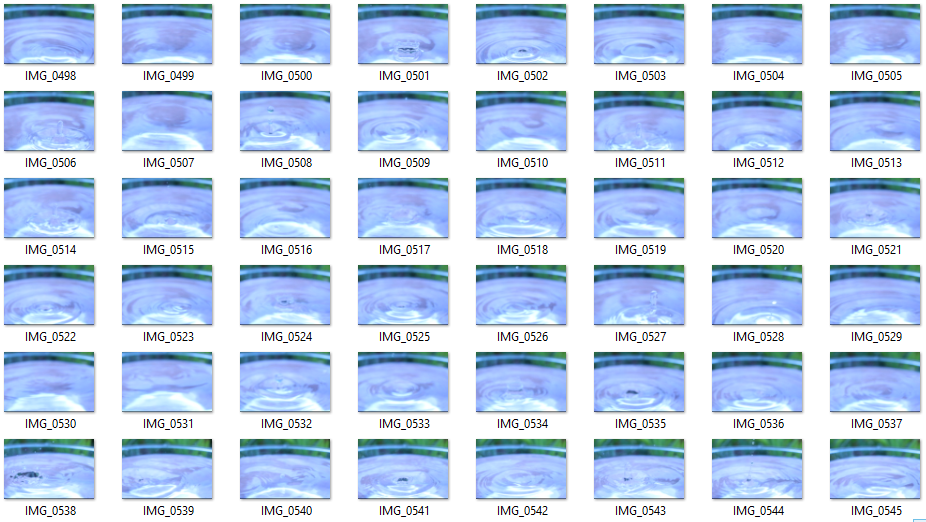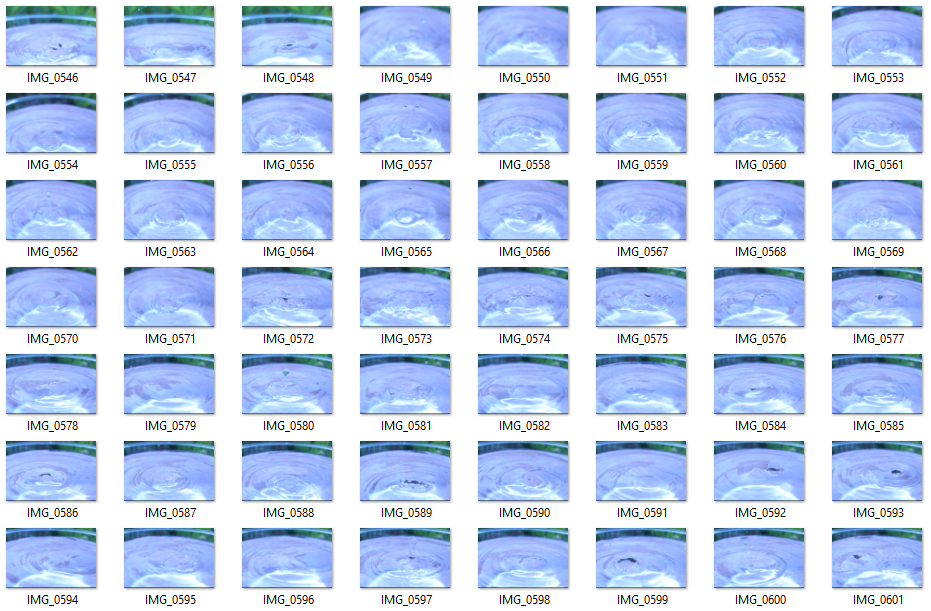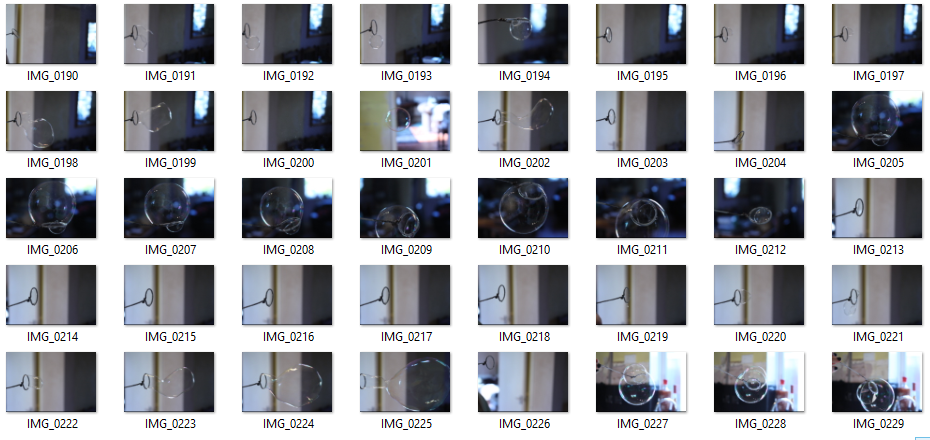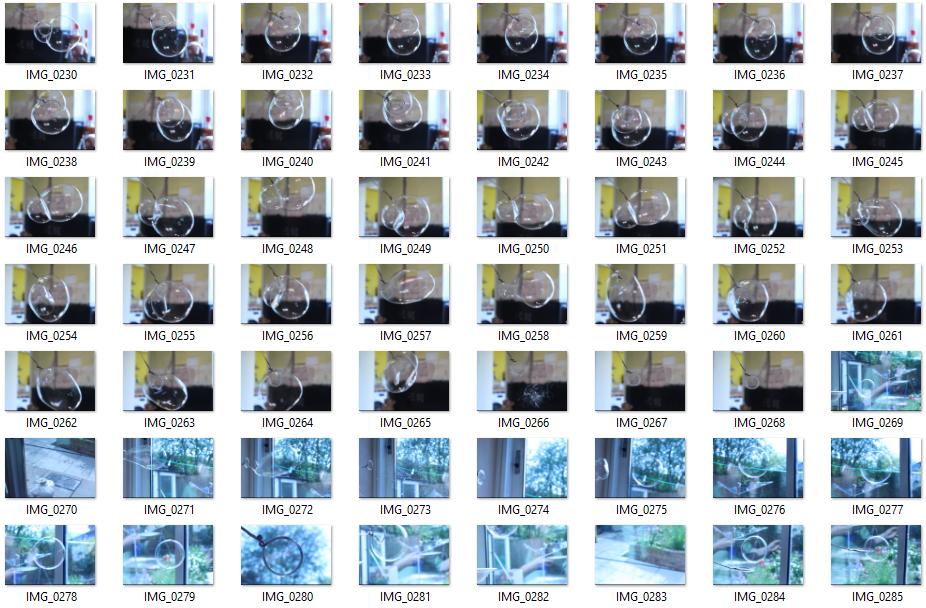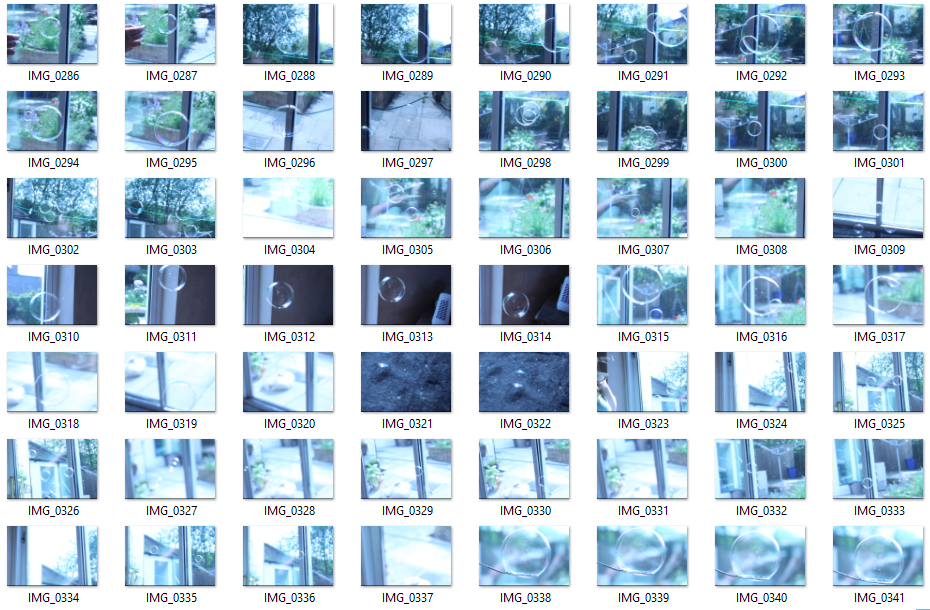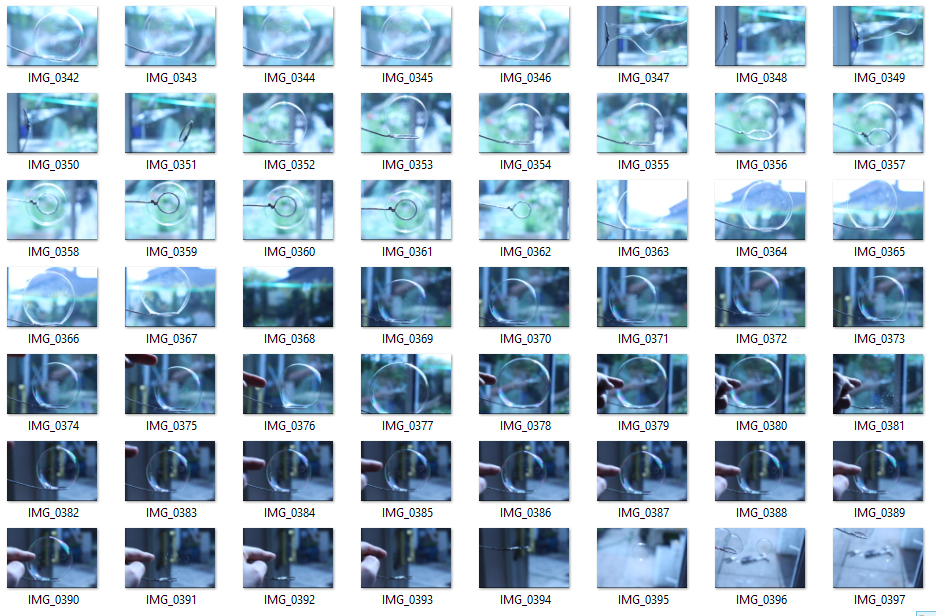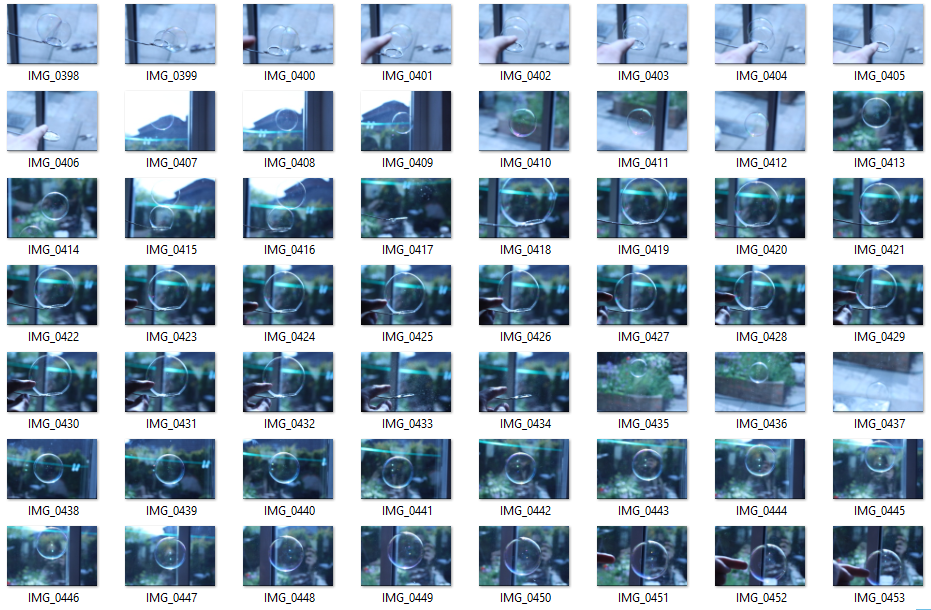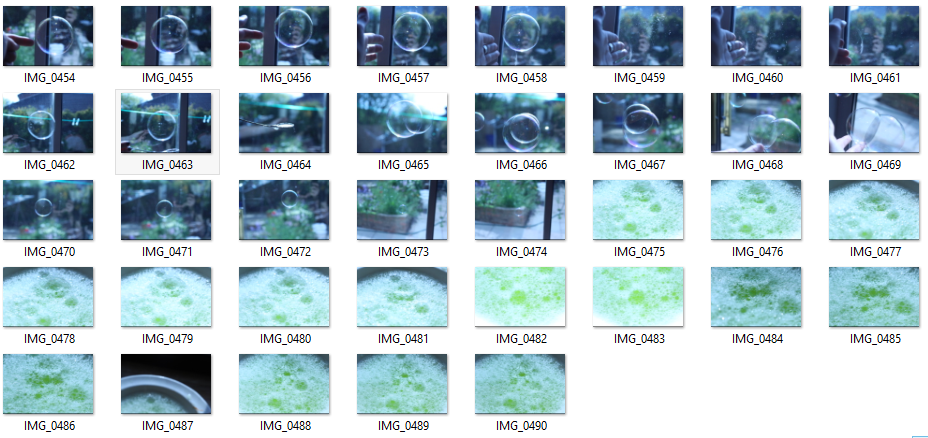For my final piece I decided to use two different areas of my experiments, bubbles and a fast shutter water droplets and combined them both in Photoshop to create a final piece. I decided to take a photo of a bubble about to be popped by a finger and then overlay some water droplets over the top of the bubble. This then made the bubble look as though it was popping, giving the image a rather surreal look.
Monday, 16 May 2016
Water And Oil
Water as a whole is something that everything in this world relies on, but it doesn't always mix with things in this world and one of them is Oil. Oil and Water are known not to mix due to the oil having a lower density out of the two. This separation between liquids can be manipulated using photography to create some amazing photos that look rather surreal.
For this experiment I found a tutorial on how to achieve this effect on the internet (Tutorial Link Here) that had a list of all the equipment I needed for this experiment. I set up the camera on a tripod facing down onto a glass baking dish filled with water, suspended over a coloured background. I then proceeded to drip oil into the water and began taking photos of my results.
For this experiment I found a tutorial on how to achieve this effect on the internet (Tutorial Link Here) that had a list of all the equipment I needed for this experiment. I set up the camera on a tripod facing down onto a glass baking dish filled with water, suspended over a coloured background. I then proceeded to drip oil into the water and began taking photos of my results.
Contact Sheet:
Wednesday, 11 May 2016
Ripples
As water moves it produces ripples along its surface, these ripples can distort and bend light, making interesting reflections that make beautiful photographs that appear almost hypnotic.
When taking my photos I made sure I used a relatively fast shutter speed to avoid motion blur as the water shifted. Keeping a deep depth of field using a high aperture number and compensating with a low ISO meant my photo's kept a good exposure level.
Contact Sheet:
Slow Shutter Speed
When taking a photo with a slow shutter speed you can capture the movement of your subject while keeping the rest of the image in focus and detailed. This can be a really good effect if done right and works extremely well with moving water. When using a slow shutter speed it is advised to use a tripod, this is because the camera needs to be stationery so that no unwanted motion blur occurs. Once the camera is set to the correct shutter speed and the camera is held still, the next step is to alter the ISO settings to make the image darker, this is because leaving the shutter open for a longer period of time means more light is let in, making the image over exposed and too bright. Now that all the preparation steps are complete, the moving water within the image should have experienced motion blur wit a soft hazy effect, while the rest of the image should be clear and in focus, giving a nice contrast between the water and the background.
Here are some examples of successful photographs taken using slow shutter speeds.
When it came to me using this method in my own photography I practiced using slow shutter speeds to get an better idea of what I needed to do to achieve a good result. Unfortunately I had issues with over exposure due to the shutter of the camera being open for too long. Here are my photographs using slow shutter speeds to capture moving water.
Here are some examples of successful photographs taken using slow shutter speeds.
When it came to me using this method in my own photography I practiced using slow shutter speeds to get an better idea of what I needed to do to achieve a good result. Unfortunately I had issues with over exposure due to the shutter of the camera being open for too long. Here are my photographs using slow shutter speeds to capture moving water.
Contact Sheet
Fast Shutter Speed
Using a fast shutter speed in photography can capture fast moving objects dead in their tracks. Water can be a rather fast moving subject to photograph with one example being a splash in the water. The water can be thrown into the air at a rather fast pace, making it difficult to photograph without the image resulting in motion blur. The way to get around this is to shorten the shutter speed so less light can enter the camera and blur the image. However, only altering the shutter to a faster speed will mean the images will be too dark to see as not enough light has entered the camera to make the image clear. This means the cameras ISO settings need to be altered to increase the white balance and make the images brighter and clearer while also capturing the fast moving subject with great detail and achieving a successful fast shutter speed photograph.
Here are some examples of successful fast shutter water splashes using the correct shutter speed and ISO settings. The images are clear and legible and show the movement of water with immense detail
When I began to experiment with fast shutter speeds I practiced by playing around with ISO settings to make sure I had a good understanding of how to correctly take these photos and get the best results. Then I proceeded to set up my camera, which I had facing a bowl of water. I chose to take the photos outside, as the natural lighting would shine on the top of the water showing every ripple and splash. After putting my camera on continuous shutter to get a good chance of taking an image of the splashes, I started to drip water into the bowl. Here are my results.
Here are some examples of successful fast shutter water splashes using the correct shutter speed and ISO settings. The images are clear and legible and show the movement of water with immense detail
When I began to experiment with fast shutter speeds I practiced by playing around with ISO settings to make sure I had a good understanding of how to correctly take these photos and get the best results. Then I proceeded to set up my camera, which I had facing a bowl of water. I chose to take the photos outside, as the natural lighting would shine on the top of the water showing every ripple and splash. After putting my camera on continuous shutter to get a good chance of taking an image of the splashes, I started to drip water into the bowl. Here are my results.
Contact Sheet:
Tuesday, 10 May 2016
Bubbles
Bubbles are a thin sphere of liquid that hold a small amount of air for a short time, and can make for great photo. The reflective qualities of the bubble can create many different effects, a fish eye shape that distorts the image, surreal and saturated colours from the shapes and patterns of the bubble, and also a double exposure effect with both reflections on the bubble and anything in the background behind the bubble. Bubbles can also be a great example of capturing an image using a fast shutter speed by capturing one being popped.
When taking photos of bubbles, I wanted to attract the eye to the bubble. I did this by lowering the aperture number on the camera to ensure I had a shallow depth of field, whilst also using a fast shutter that allowed me to not only compensate for the exposure of the image but also take faster photos f the bubbles before they popped. I originally set up my camera outside, but wind caused the bubbles to pop faster or blow away, therefore I decided to take the photos inside and right next to a bright window which allowed me to use natural lighting to my advantage. Here are the results.
Subscribe to:
Comments (Atom)









